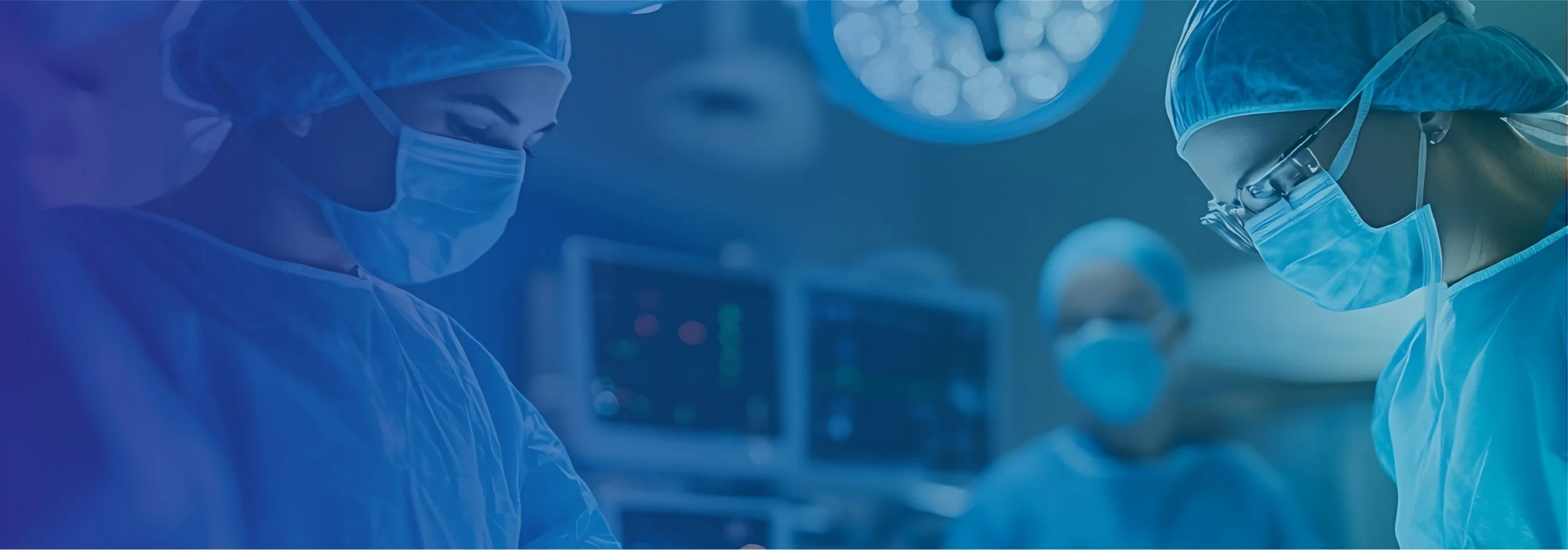
Discectomy is a common outpatient spinal procedure, but for patients with large annular defects (>5mm), outcomes can be unpredictable and sometimes devastating.
In a session at Becker’s 22nd Spine, Orthopedic and Pain Management-Driven ASC + The Future of Spine Conference, leaders explained how ASCs can improve patient outcomes, reduce reoperations and strengthen financial performance by integrating annular closure using the Barricaid device.
Here are four key takeaways from the discussion:
1. Understanding reherniation risk
Paul Kraemer, MD, spine surgeon at Indiana Spine Group and assistant professor at Indiana University, opened the session by detailing the problem of reherniation after discectomy, particularly among patients with large annular defects (>5mm). These patients have up to a 27 percent risk of reherniation, significantly higher than the general 6 to 10 percent rate.
“Reherniations are amongst the most frustrating things that we deal with,” Dr. Kraemer said. “Everyone’s doing fine, you’re a hero, and then they start over at the beginning. If you have a large defect, that’s where your herniation is going to come from and bad things happen.”
He also shared clinical data and patient cases to illustrate how measuring annular defect size intraoperatively can help identify candidates for defect closure using Barricaid. The FDA-approved device functions like a “catcher’s mitt,” preventing further disc material from escaping through the defect.
2. Seamless ASC integration and training
Janet Carlson, Vice President of ambulatory surgery centers at Commonwealth Pain & Spine, spoke to the operational and financial feasibility of adopting Barricaid in outpatient settings. With no need for additional investments in equipment, sterile packed implants, and only one tray, implementation can be straightforward.
“ASCs are flat organizations with highly motivated teams. We’ve had no problems operationalizing this,” Ms. Carlson said. “This is a wonderful economic and clinical fit for your surgery center. It’s device intensive and the reimbursement is sufficient even with the cost of the device. This is not a heavy lift from a clinical operational standpoint.”
She emphasized that the technology also aligns with broader ASC goals: improving outcomes, minimizing complications and driving volume.
“I believe that patients today are incredibly savvy about their care,” Ms. Carlson said. “They are actively seeking solutions. They want to participate in their own healthcare and they’re willing to travel for it. So this is a first mover opportunity for any of you in the ASC market.”
3. Reimbursement supports clinical adoption
April Spillane, Vice President of Health Economics at Intrinsic Therapeutics, addressed reimbursement dynamics in detail. Accurate billing for the facility hinges on reporting the correct device-intensive procedure code (C9757) and distinguishing it from standard discectomy codes. Though the physician fee is currently billed with an unlisted code, a Category I CPT code that encompasses the extra work to implant Barricaid goes into effect January 2026.
Her and her team’s main focus is to ensure ASCs have the resources and knowledge to operationalize Barricaid from a reimbursement and financial standpoint in the best way possible.
“We feel like there should be skin in the game to launch new technologies in the ASC,” Ms. Spillane said. “If you’re taking a risk on performing a new procedure, then we should take a risk on the cost of the device as well.”
She also highlighted Intrinsic’s onboarding support, including coding guidance, claims reviews and a risk-sharing program for cases that fail reimbursement despite proper billing.
4. Avoiding reoperations benefits patients and business
Dr. Kraemer underscored that reducing reherniations not only spares patients further pain and recovery but also supports the ASC’s long-term economics.
For ASC leaders, this approach aligns clinical innovation with financial sustainability, a rare combination in spine care.
“If outpatient lumbar fusions are pretty routine for us these days, then absolutely you should be doing all your discectomies in your surgery center,” Dr. Kraemer shared. “Barricaid is FDA approved, it’s specifically going after a clinical problem, and we’re able to make it financially viable.”
Click Here for the full story.

